HOMA Pump looks at two common problems encountered in centrifugal pumps, Cavitation and Air Entrainment.
The two phenomenon are usually unrelated in their cause and solution, but both can cause big operational problems for pumps, leading to frequent failures, costly maintenance, and unhappy pump owners.
What is Cavitation?
- Cavitation is the creation and powerful collapsing of water vapor bubbles, caused by low pressure at surfaces where a high flow velocity occurs
- It is something to be concerned about in any pump, but especially in larger pumps, dry pit pumps, and in pumps operating far away from the Best Efficiency Point (BEP)
Cavitation occurs when the pressure on the liquid being pumped drops below the vapor pressure of the liquid, allowing the liquid to instantly change state from liquid to vapor.
This normally happens just inside the suction of the pump impeller where the pressure is lowest.
The bubbles that form are not air, they are water vapor, and behave differently than air.
As the mix of liquid water and water vapor bubbles move toward the higher pressure area of the impeller, the vapor bubbles collapse back into liquid, instantly releasing a large amount of energy.
The released energy is concentrated on the surface of the impeller where the collapse occurs.
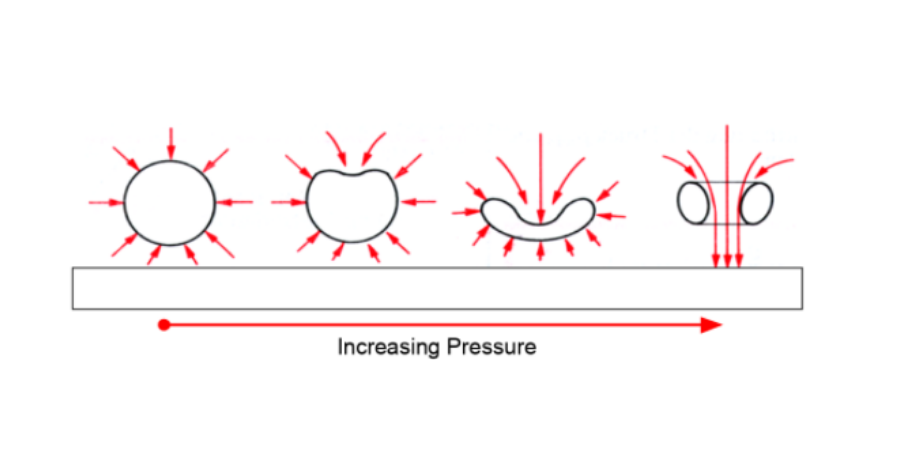
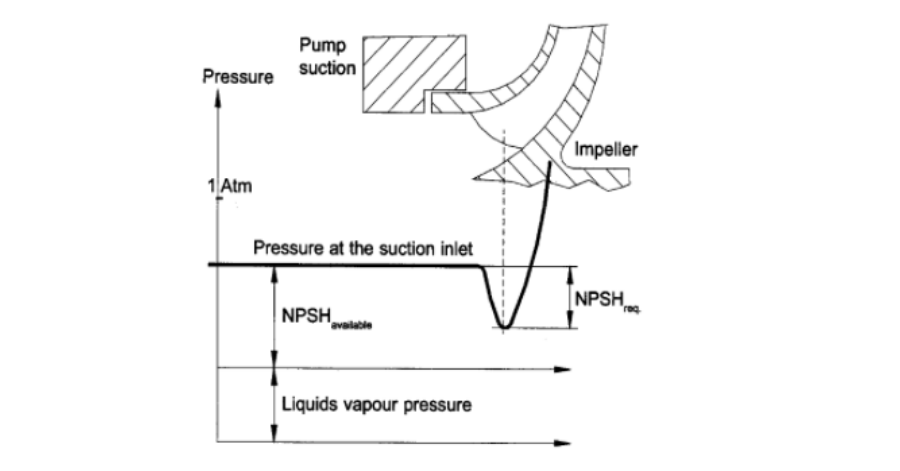
Cavitation can result in the following problems:
- Noise
- A sharp popping or rattling sound similar to what you might hear if the pump was pumping rocks
- Shock loads to the
- Bearings
- Seals
- Shaft
- Impeller
- Impeller key
- Impeller fastening system
- Wear ring system or wear plate
- Erosion of the wet end components
- Impeller surface
- Impeller hub area
- Wear plate
- Volute (in extreme cases)
- Loss of pumping efficiency
All of this results in reduced pump life due to:
- Shortened impeller, wear plate, or volute life due to erosion of the surfaces
- Mechanical failure or premature aging of the bearings, seals, impeller fastening system

Partial cavitation of a large mixed flow type impeller resulting from an inlet elbow
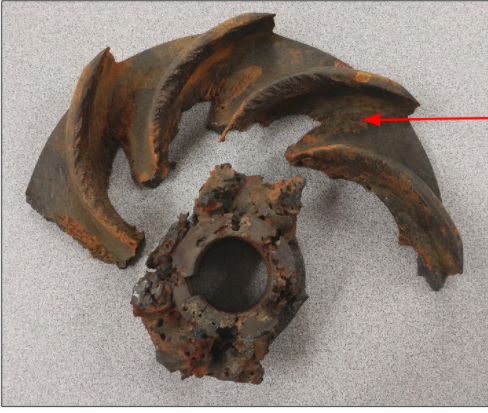
Erosion and pitting of the impeller surface
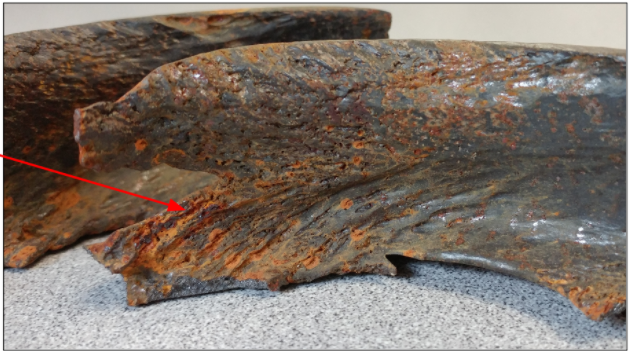
Characteristic sharp edges on the pits indicates Cavitation damage
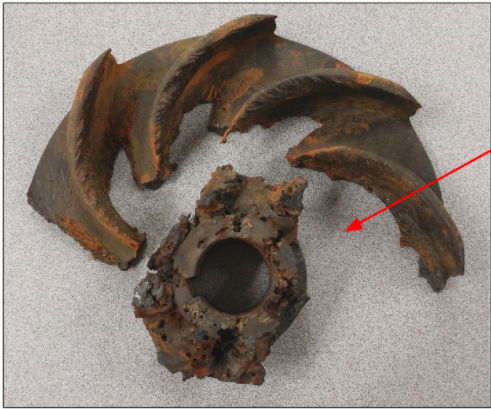
Impeller vanes and shroud are completely eaten away by cavitation
There are two basic types of cavitation, classical and recirculation.
- First Type, Classical cavitation
- Caused by low NPSH margin
- Restricted suction
- Pump suction too close to the floor
- Pump selected too far to the right side of the curve
- Poorly designed suction piping system (lots of dynamic loss)
- Starved pump
Classical Cavitation Damage, Large Solids Handling Pump
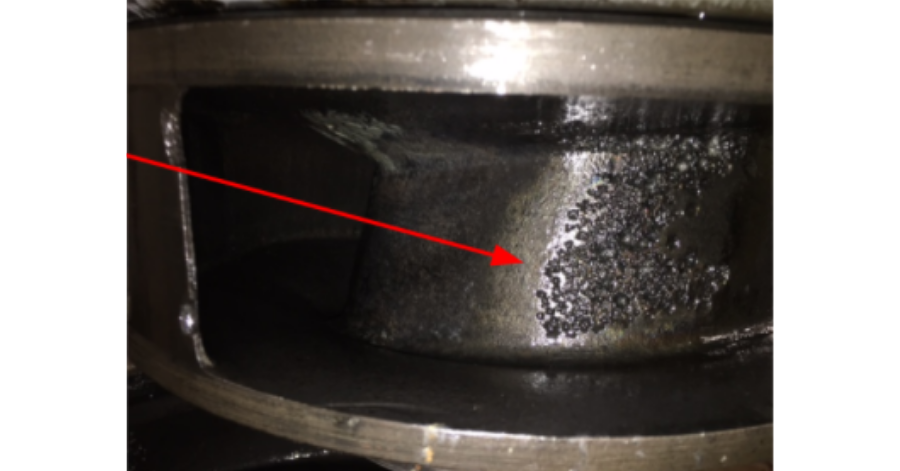
- Cavitation damage occurs in the central impeller vane area, not at the leading edge.
- Can be spread over a fairly wide area, or can be an in a concentrated area
- Damage may be seen in a corresponding area of the wear plate of a semi-open impeller design
A Pump used as a continuous run sampler pump running at very low head.
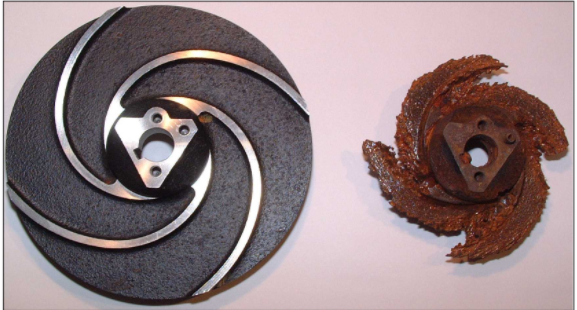
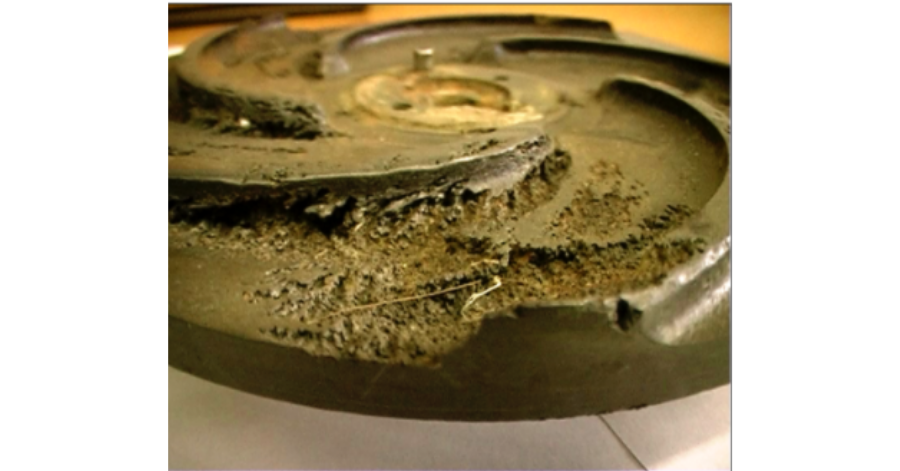
Net Positive Suction Head or NPSH
Net Positive Suction Head
- A measure of the absolute pressure at the datum line of an impeller.
Units: feet - There are two NPSH – values we have to consider:
- NPSHr is the NPSH required by the pump
- NPSHa is the available NPSH at the suction of the pump in the particular station being analyzed
- To prevent classical cavitation due to low NPSH margin, NPSHa must always exceed NPSHr by some amount.

Datums for several impeller types
NPSHr is published by pump manufacturers for each pump and can be influenced by:
- The pump speed
- The design of the impeller (to a certain degree)
- The size of the suction eye
- The inner velocities in the impeller
These parameters together define the Suction Energy Level, which will help us determine how much NPSH margin is required.
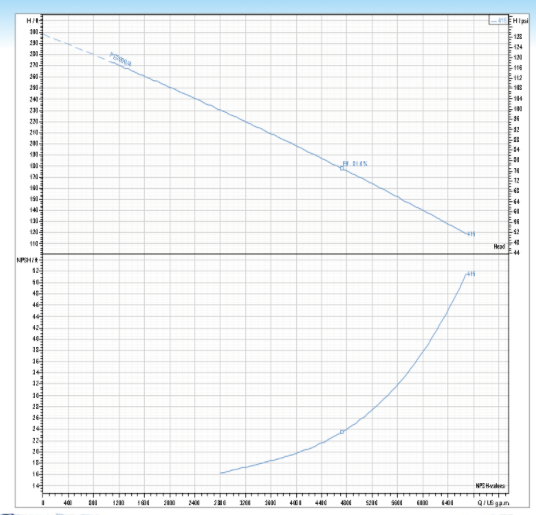
NPSHr on pump performance curve
NPSHa is calculated for a specific pump station and depends on:
- The vapor pressure of the liquid
- The specific weight of the liquid
- The atmospheric pressure at the station
- The suction pressure or submergence
- The losses in the suction pipe (dry pit stations)
The calculation of NPSHa is:
NPSHa = Hatm + Hel – Hvp – Hloss
Hatm = The atmospheric pressure at the station
Hel = The suction pressure or submergence
Hvp = The vapor pressure of the liquid
Hloss = The losses in the suction pipe (dry pit stations)
Once NPSHa is calculated it is compared to NPSHr read from the pump curve at the particular duty flow to establish the margin. For most wastewater pumps, a margin of 1.1 to 1.3 NPSHa over NPSHr is required.
NPSH and Submergence
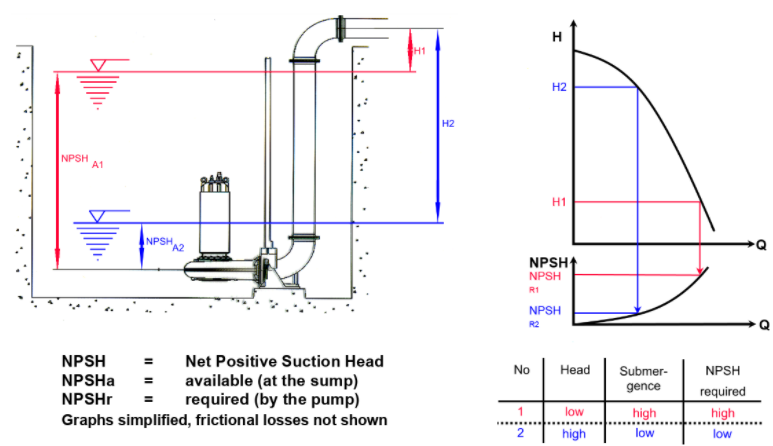
Classical Cavitation identification in the field
Identification of classical cavitation in the field.
- By Sound
- Popping sounds coming from volute are relatively continuous in frequency and severity
- Sounds may fade in and out over time or the pump may seem to be “surging”
- Noise may not occur immediately upon pump start, it may take some time to get going
- By Testing
- Injecting a small amount of air into the suction of the pump reduces or eliminates the noise
- Raising the wet well level reduces the noise
- Throttling the discharge valve reduces or eliminates the noise
- Throttling the suction valve on a dry pit pump has no effect or worsens the noise
- Sometimes extreme throttling will suddenly reduce the noise and will be accompanied by a significant loss in performance
Types of Cavitation
- Second Type, Recirculation Cavitation
- Caused operating the pump too far left on the curve
- The pump is too large for the application and duty point
- A similar cavitation condition can also result from excessive turbulence or cross velocity at the suction of the pump
Effects of recirculation cavitation on an impeller
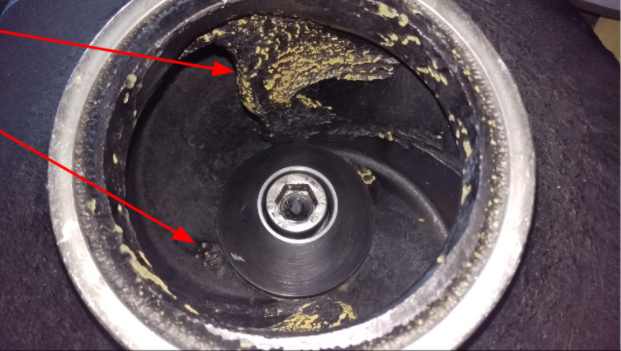
- Cavitation damage occurs at or near the leading edges of the impeller.
- Cavitation damage occurs at the impeller hub area.
- Damage is usually in a concentrated area
- Damage may be seen in the suction opening of the wear plate of a semi-open impeller design or on the wear ring system of a closed impeller design
Read HOMA Pump’s whitepapers Air Entrainment and How to Find and Fix Recirculation to learn more about cavitation.

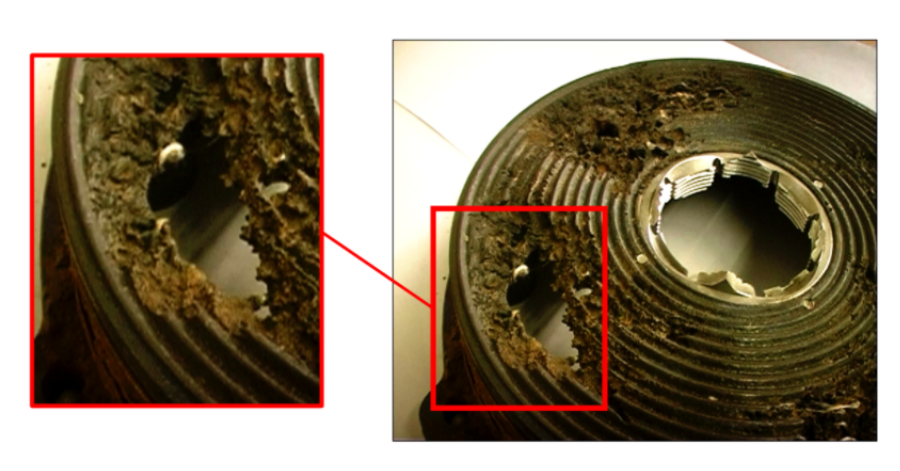
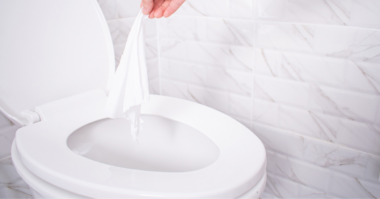
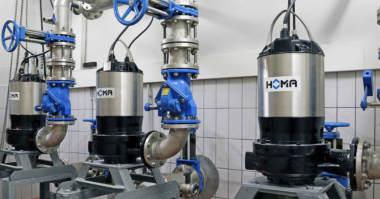

Comments